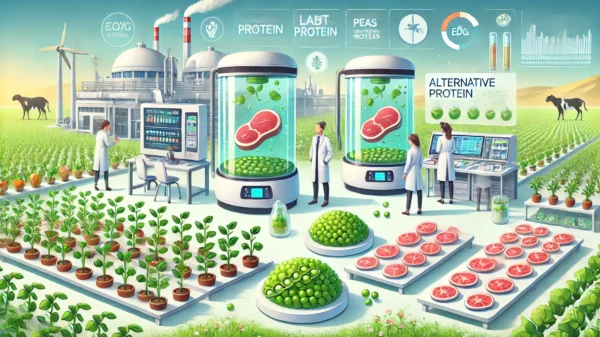Introduction
California, known for its stunning landscapes and progressive mindset, has long been at the forefront of environmental initiatives. With its commitment to sustainability and reducing carbon emissions, the Golden State has become a shining example of how proactive measures can lead to a greener future.
Investing in Renewable Energy
One of the key strategies California has employed to combat climate change is the investment in renewable energy sources. The state has set ambitious goals to transition to 100% clean energy by 2045. Through the development of wind farms, solar power plants, and geothermal energy projects, California aims to reduce its reliance on fossil fuels and decrease greenhouse gas emissions.
Water Conservation
California’s arid climate and frequent droughts have necessitated a strong focus on water conservation. The state has implemented strict regulations and innovative technologies to reduce water consumption. From encouraging residents to install low-flow fixtures and drought-tolerant landscaping to implementing water recycling programs, California has made significant strides in preserving this precious resource.
Electric Vehicle Revolution
Recognizing the impact of transportation on carbon emissions, California has been a pioneer in promoting electric vehicles (EVs). The state offers various incentives, such as tax credits and rebates, to encourage residents to make the switch to EVs. Additionally, California has been investing in the development of charging infrastructure to support the growing number of electric vehicles on its roads.
Protecting Biodiversity
California boasts a rich biodiversity, with numerous endangered species and unique ecosystems. To safeguard these natural treasures, the state has established protected areas and implemented conservation programs. By preserving habitats, regulating hunting and fishing practices, and promoting sustainable agriculture, California aims to maintain its ecological balance and protect its diverse flora and fauna.
Waste Management and Recycling
California recognizes the importance of proper waste management and recycling to minimize environmental impact. The state has implemented stringent recycling programs, aiming to divert waste from landfills and promote the reuse of materials. California also encourages businesses and individuals to adopt sustainable practices, such as composting and reducing single-use plastics.
Conclusion
California’s efforts towards a greener future serve as an inspiration to other regions and countries. Through investments in renewable energy, water conservation, promotion of electric vehicles, protection of biodiversity, and effective waste management, the state is leading the way in combating climate change and creating a more sustainable world.
































